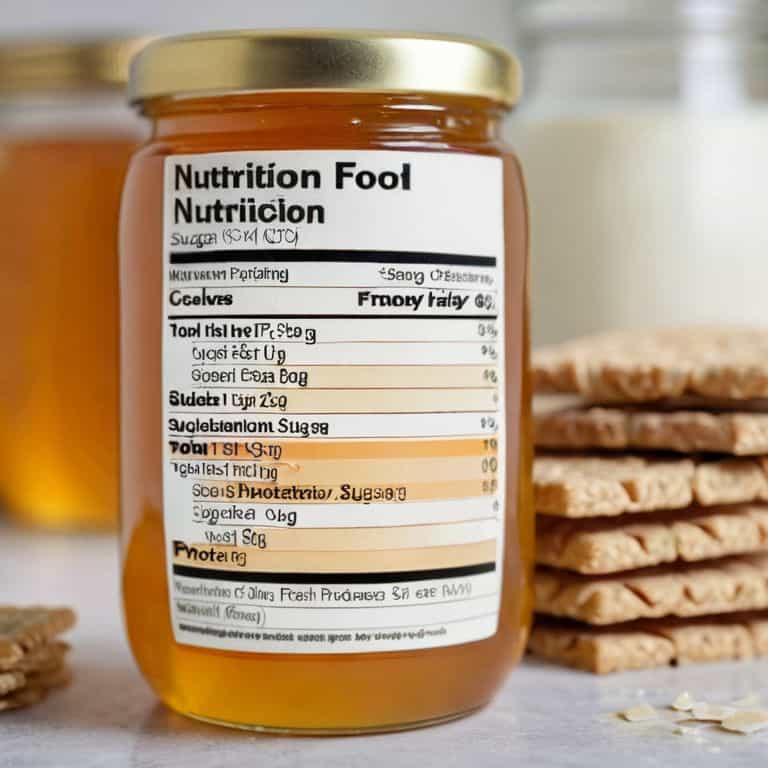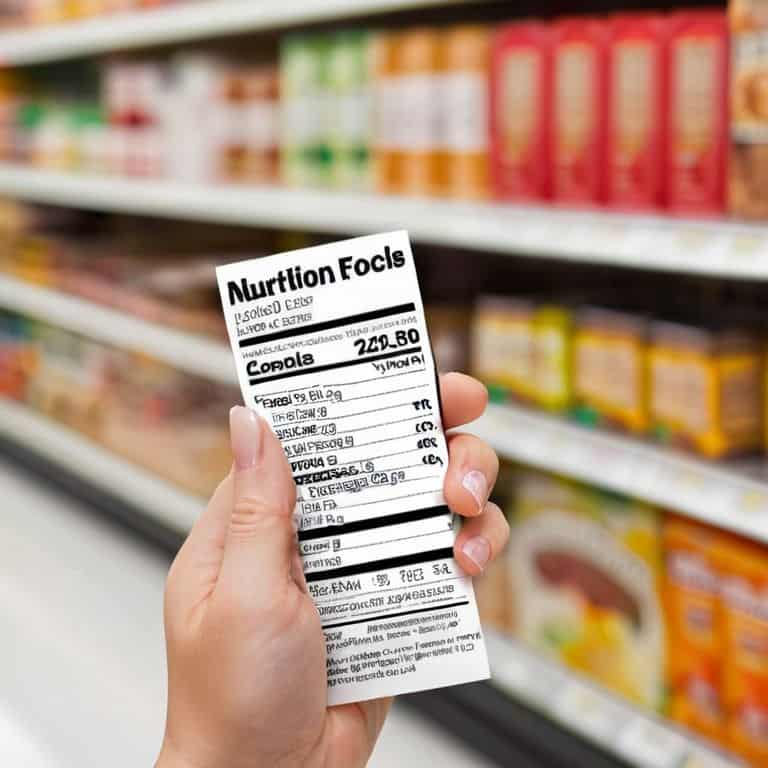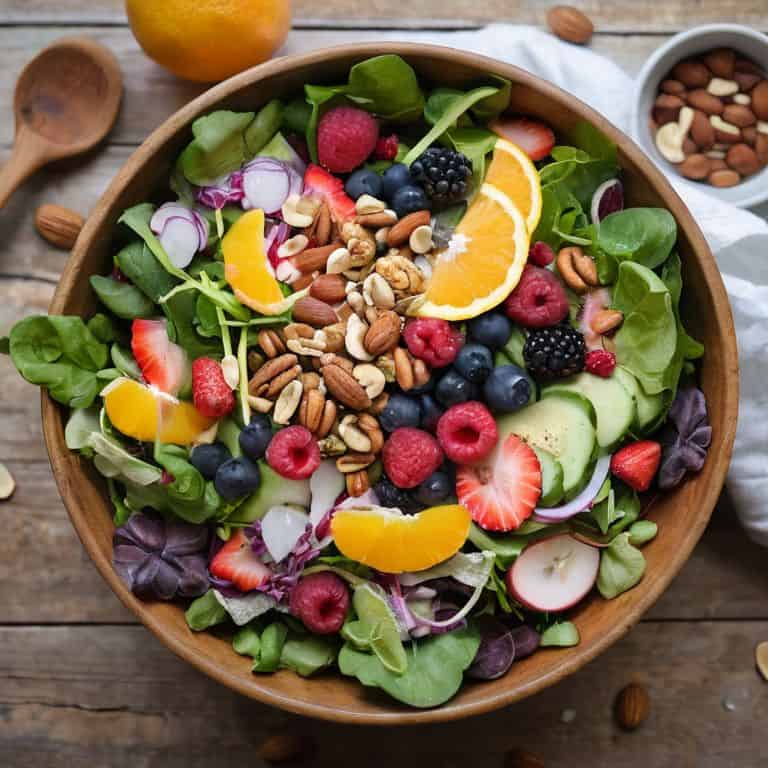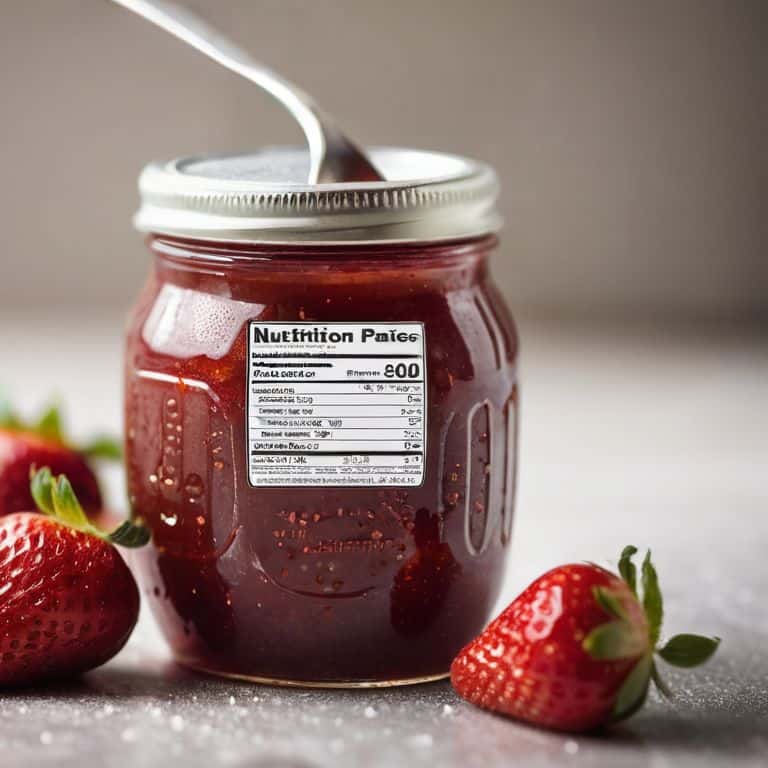I still remember the frustration I felt as a clinical dietitian, watching my patients struggle with restrictive meal plans that left them feeling deprived and unhappy. The truth about added sugars on nutrition labels was always a point of contention – with so many conflicting opinions and confusing guidelines, it’s no wonder people felt lost. I realized that the traditional approach to healthy eating was not only joyless, but also ineffective in the long run. As someone who’s passionate about trail running and exploring farmers’ markets, I believe that healthy eating should be a celebration of flavors and nutrients, not a chore.
In this article, I promise to cut through the noise and provide you with honest, straightforward advice on how to navigate the complex world of added sugars on nutrition labels. I’ll share my own experiences, backed by science and a deep understanding of nutrition, to help you make informed decisions that nourish your body and satisfy your cravings. My goal is to empower you with the knowledge to create delicious, balanced meals that bring you joy, rather than feeling restricted by rigid rules and labels. Together, let’s uncover the truth about added sugars and discover a healthier, happier approach to eating.
Table of Contents
The Sweet Truth Revealed

As I delve into the world of sugar content, I want to emphasize the importance of understanding sugar content on nutrition labels. It’s not just about scanning the numbers, but also about deciphering the terminology used. For instance, have you ever noticed the difference between sugars and added sugars? While they may seem like interchangeable terms, they actually refer to distinct types of sugar in your food.
When it comes to the impact of sugar on health, it’s essential to be aware of the recommended daily intake. The American Heart Association suggests that women consume no more than 25 grams (6 teaspoons) of added sugars per day, while men should limit their intake to 36 grams (9 teaspoons). However, with hidden sources of added sugars lurking in many foods, it’s easy to exceed these limits. That’s why reading nutrition labels effectively is crucial to making informed decisions about your diet.
To make sense of the sugar terminology, let’s break it down. Added sugars refer to sugars that are not naturally present in a food, but are instead added during processing or preparation. On the other hand, naturally occurring sugars are found in whole foods like fruits, vegetables, and dairy products. By recognizing the difference between these two types of sugars, you can begin to make more informed choices about your sugar intake recommendations and cultivate a healthier relationship with sugar.
Deciphering Sugar Terminology
When navigating the world of sugar terminology, it’s essential to understand the various names used to describe added sugars. From high fructose corn syrup to honey and maple syrup, the list can be overwhelming.
To make informed decisions, look for total sugar content on nutrition labels, rather than getting bogged down in individual ingredients.
Hidden Sources of Added Sugar
When scanning nutrition labels, it’s easy to overlook hidden sources of added sugar. These can be found in foods that don’t necessarily taste sweet, such as sauces, condiments, and even savory snacks.
To make informed choices, it’s essential to read between the lines and recognize alternative names for added sugar, ensuring you’re not unknowingly consuming excessive amounts.
The Truth About Added Sugars

As I delve into the world of sugar, I want to emphasize the importance of understanding sugar content in our daily diets. It’s astonishing how easily added sugars can sneak into our meals, affecting our overall health and wellbeing. To make informed decisions, it’s crucial to learn how to _read nutrition labels effectively_, identifying hidden sources of sugar that can quickly add up.
When it comes to sugar intake, moderation is key. The American Heart Association recommends _sugar intake recommendations_ that vary based on age and sex, but a general guideline is to limit daily sugar intake to less than 10% of total daily calories. However, with sugar lurking in unexpected places, it’s easy to exceed these limits. Deciphering sugar terminology is the first step towards taking control of our sugar consumption, and it’s essential to recognize that sugar can be disguised under various names, such as high-fructose corn syrup or honey.
By being mindful of _hidden sources of added sugars_, we can make conscious choices about our diet and reduce our overall sugar intake. This might involve opting for whole, unprocessed foods or choosing products with fewer and more recognizable ingredients. As someone who believes in the power of joy in healthy eating, I encourage you to explore the world of natural sweeteners and find healthy alternatives that satisfy your sweet tooth without compromising your health.
Impact of Sugar on Overall Health
As I delve into the world of sugar, I’m reminded that excessive sugar consumption can have far-reaching consequences on our overall health. It’s not just about the number on the scale, but about the intricate balance of our bodily functions. When we overindulge in sugary treats, our bodies respond by producing more insulin, which can lead to a host of issues, including energy crashes and mood swings.
A healthy balance is key to maintaining optimal well-being. By being mindful of our sugar intake, we can reduce the risk of chronic diseases, such as diabetes and heart disease, and instead, focus on nourishing our bodies with whole, nutrient-dense foods that truly satisfy our cravings.
Understanding Sugar Content Effectively
To make informed decisions, it’s essential to understand the numbers on nutrition labels. This means looking beyond the total sugar content and focusing on the amount of added sugars present in each serving.
By checking the ingredient list and noting the order in which ingredients are listed, you can gain insight into the sugar content of your favorite foods and make adjustments to your diet accordingly.
5 Sweet Strategies to Outsmart Added Sugars
- Read beyond the headlines: don’t just scan the nutrition label, dig into the ingredient list to uncover hidden sources of added sugar
- Focus on addition, not subtraction: instead of cutting out foods you love, try adding more whole, nutrient-dense foods to crowd out excess sugar
- Get familiar with sugar aliases: learn to recognize alternative names for sugar, like high-fructose corn syrup, honey, and maple syrup, to make informed choices
- Set a daily sugar budget: allocate your daily sugar intake and stick to it, allowing for indulgences while maintaining a balanced diet
- Find joy in natural sweetness: explore the world of whole, unprocessed foods like fruits, vegetables, and whole grains, which offer natural sweetness without added sugars
Nourishing Your Body: 3 Key Takeaways
Focus on addition, not subtraction: instead of cutting out foods with added sugars, focus on adding whole, nutrient-dense foods to your diet to crowd out less healthy options
Read between the lines: don’t just glance at the sugar content on nutrition labels – take a closer look at the ingredients and serving sizes to get a clearer picture of what you’re really consuming
Find your balance: it’s not about depriving yourself of sweet treats, but about finding a balance that nourishes your body and satisfies your cravings, because joy is the healthiest ingredient of all
Unwrapping the Mystery
The truth about added sugars on nutrition labels is not about depriving ourselves of sweetness, but about embracing the joy of nourishing our bodies with intention and awareness, one delicious and informed choice at a time.
Laura Paskal
Embracing the Sweet Truth

As we’ve uncovered the truth about added sugars on nutrition labels, it’s clear that knowledge is power. We’ve learned to decipher sugar terminology, identify hidden sources of added sugar, and understand the impact of sugar on our overall health. By being aware of these factors, we can make informed decisions about our dietary habits and choose foods that nourish our bodies. It’s time to move away from restrictive eating and towards a more balanced approach, where we focus on adding nutrient-dense foods to our diets rather than just cutting out the ‘bad’ stuff.
So, the next time you’re at the grocery store, remember that you have the power to create positive change in your diet. Don’t be afraid to indulge in your favorite treats from time to time, but do so with mindful intention. Choose to celebrate the joy of eating, and let that joy be the guiding force behind your food choices. By embracing this mindset, you’ll find that healthy eating is not about deprivation, but about cultivating a deeper connection with the food that nourishes your body and soul.
Frequently Asked Questions
How can I effectively identify and limit added sugars in my daily diet without feeling deprived of my favorite foods?
Let’s make it manageable and fun! To limit added sugars, I recommend starting with small swaps, like choosing unsweetened yogurt or opting for whole fruits instead of sugary snacks. You can also get creative with spices and herbs to add flavor to your favorite dishes without adding refined sugars.
What are some common hidden sources of added sugars that I should be aware of when reading nutrition labels?
Be on the lookout for sneaky sources like ketchup, yogurt, and even savory sauces – they can pack a surprising punch of added sugar. Also, watch out for ingredients like honey, maple syrup, and agave nectar, which are still added sugars, even if they sound more natural.
Are there any specific guidelines or daily limits for consuming added sugars that I should follow for optimal health?
The American Heart Association recommends that women limit daily added sugar intake to 25 grams (6 teaspoons) and men to 36 grams (9 teaspoons). I like to think of it as a daily ‘treat budget’ – stay within it and indulge guilt-free, knowing you’re nourishing your body and satisfying your sweet tooth.
